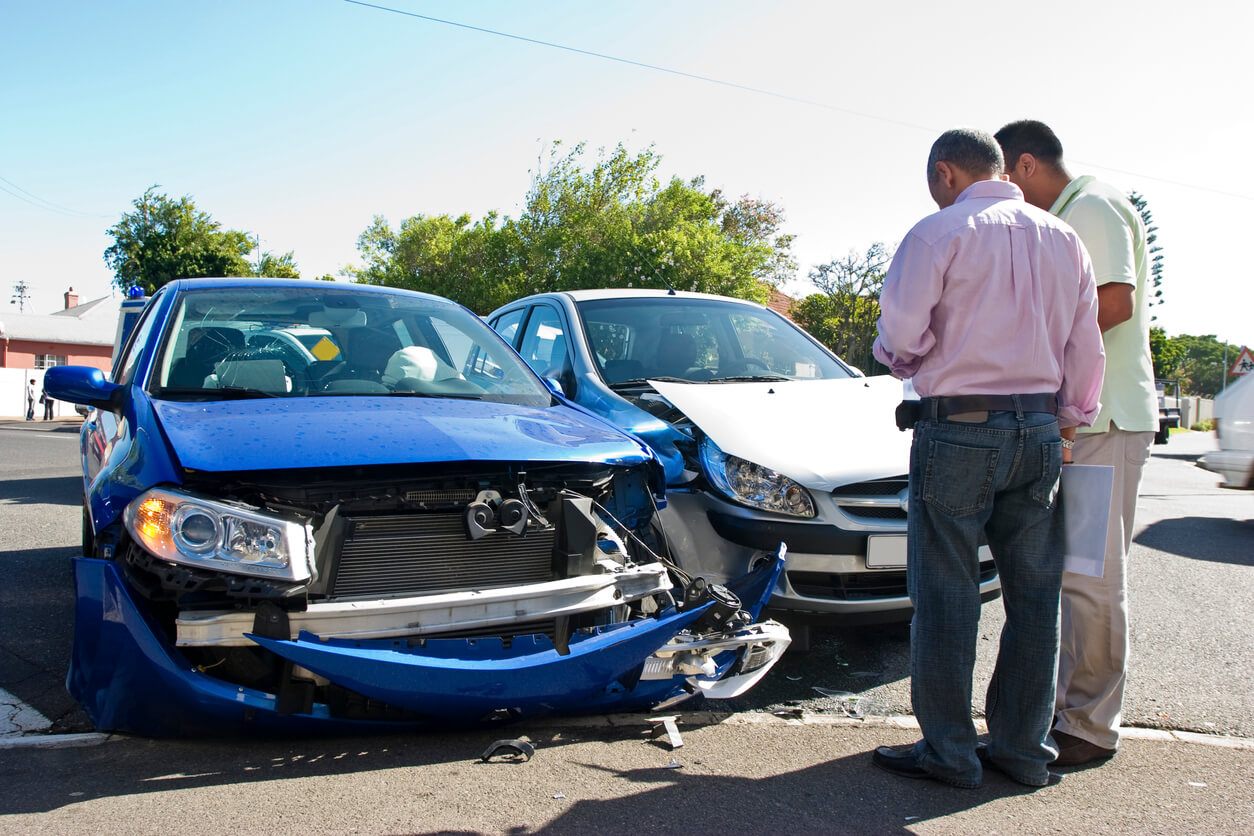When a person is injured due to the negligent or wrongful act of another, the law provides a way to seek compensation for the harm suffered from the negligent party. This is accomplished by pursuing a personal injury claim. Establishing who is at fault in causing an accident is a critical element to a personal injury claim as fault will determine who is liable for paying damages incurred by the injured party. Fault, however, can be complicated. First, it is not always clear who is at fault. Second, there are times when there may be more than one person at fault for an accident.
What Happens If I’m Partially at Fault for an Accident?
One of the very first steps in a personal injury claim is determining who is at fault for causing an accident who, therefore, will be liable for paying damages. It is a fact-specific analysis that may involve looking at things such as any laws that were violated, dangerous driving behaviors, or other indicators that someone was acting negligently and that led to the accident resulting in injuries.
When more than one person is found to be at fault for causing an accident, each state has its own laws dictating how the claim should be handled. Sometimes, a person may retain the right to file a claim against another party despite being partially at fault for an accident. Other times, partial fault will act as a bar to making a claim at all. This, however, is the exception rather than the rule.
You see, pure contributory negligence is a rule that means that even if you are the smallest bit at fault for causing an accident, you will not be able to file suit to seek compensation for the harm you have suffered as a result of the accident. In the alternative is the pure comparative negligence rule that states a person can file a lawsuit despite being partially at fault in causing an accident, but the final damage award will be reduced by their percentage of fault. On the other side is the fact that, under a pure comparative negligence standard, a person partially at fault for an accident will only have to pay for damages equal to the percentage of fault he or she has been assigned. Approximately one-third of states use the comparative negligence rule.
Pennsylvania uses a modified comparative negligence rule, as do most states. States applying the modified comparative negligence rule will either enforce a 50 percent rule or a 51 percent rule. Pennsylvania follows a 51 percent rule which means that a person can only seek damages from an at-fault party if he or she was less than 51 percent at fault in causing the accident. In other words, in Pennsylvania, you cannot be more than 50% responsible for an accident if you want to try and recover damages.
This means that, if you are partially at fault for an accident in Pennsylvania, you will still be able to seek recovery for your losses if you were 50 percent or less at fault for causing the accident. If the other at fault party seeks to recover a damage award against you, their damage award will be reduced by the percentage of fault he or she was assigned. If you seek damages and are successful, your damage award will be reduced by the percentage of fault you are assigned.
Philadelphia Personal Injury Attorneys
Personal injury laws can be complex and difficult to understand. They do, however, have a significant impact on your ability to recover monetary compensation after being injured in an accident. The knowledgeable attorneys at Cooper Schall & Levy are here to help. Contact us today.


